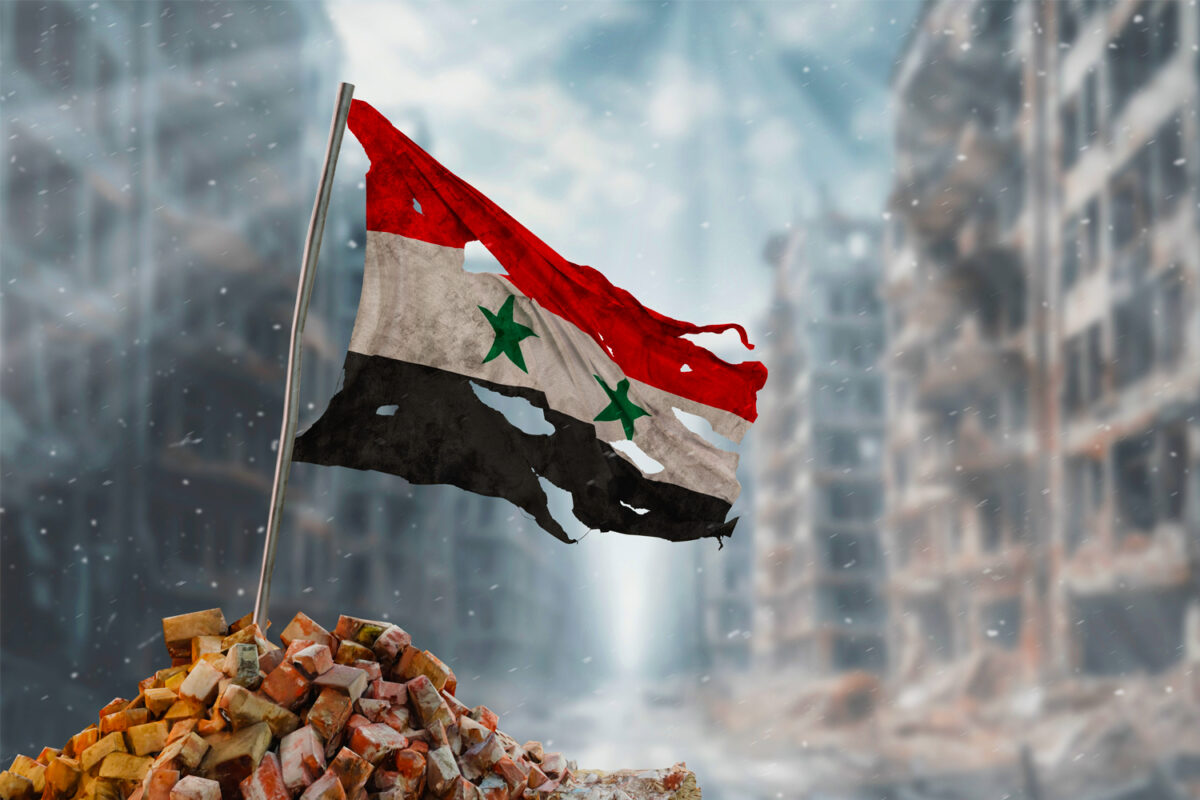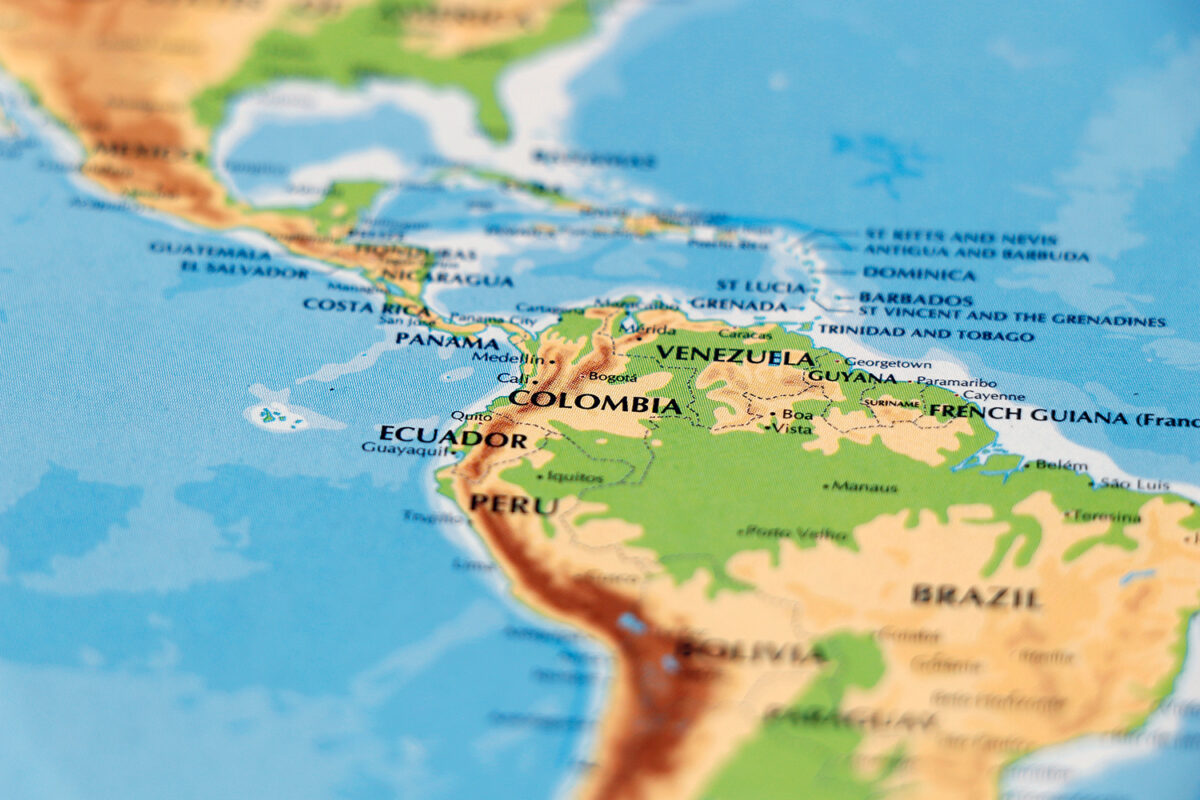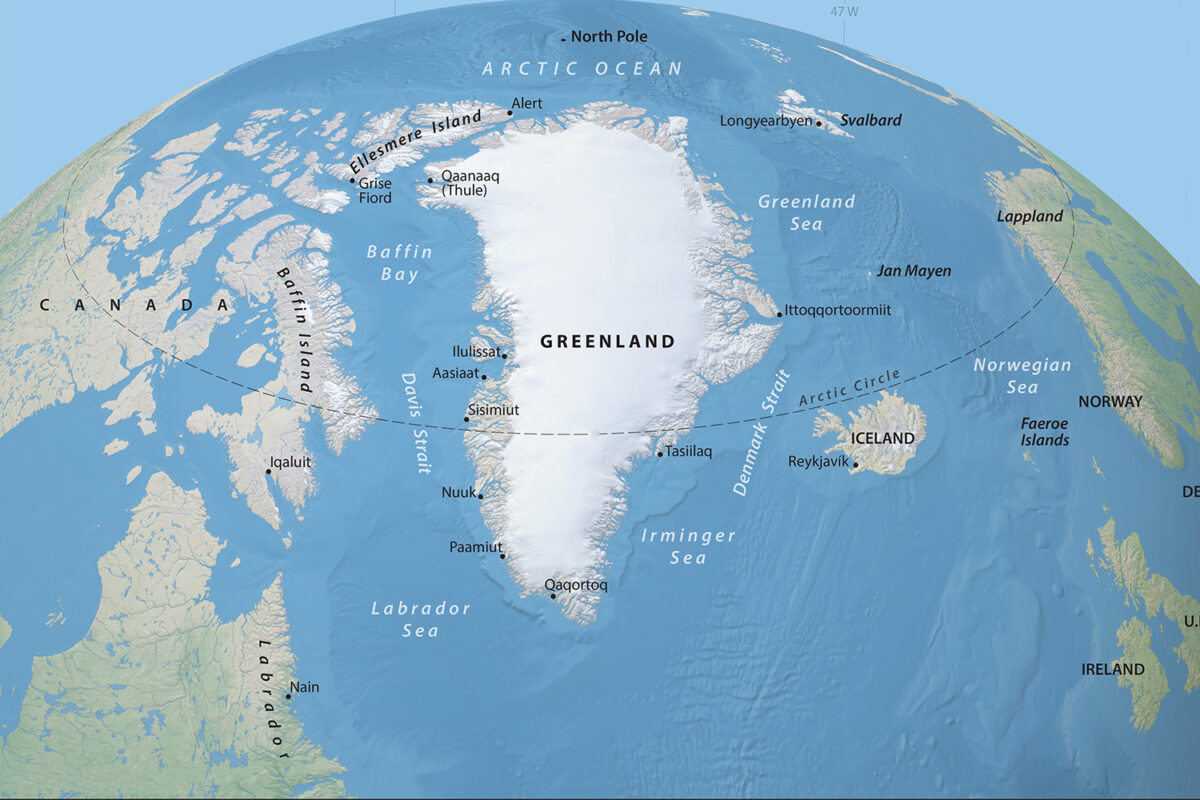The small but super rich Kingdom along the Persian Gulf has been attracting lots of headlines. With its space programme to Mars and its intervention in places such as Syria, Yemen, Somalia, Afghanistan, Kosovo and Libya the UAE is being seen by some as a regional powerhouse. The US calls it ‘little Sparta,’ due to its military being deployed to so many conflict zones. “We want to be a global player. We want to break barriers and we need to take some strategic risks to break these barriers,” said the UAE’s Minister of State for Foreign Affairs, Anwar Gargash.[1] But Despite these grand claims on closer inspection the UAE has provided no political solutions to the conflicts its involved in and has on most occasions become a facilitator of the plans of other powers rather than pursuing an independent foreign policy.
Bahrain, Kuwait, Qatar and the UAE all became British Protectorates in 1820, thus falling within the sphere of the British Empire’s foreign policies. The Trucial States afforded Britain a strategic location from which to monitor its trade and activities in Iran, India and Africa. In exchange, the Trucial States got security guarantees from Britain, including a military presence in the region. The Second World War and end of the British Empire had inevitable consequences for Britain’s influence in the region, and its role as a principal power and guarantor of security in the area was eclipsed by the US. Britain withdrew from its remaining commitments in regions East of Suez in 1971, and the Gulf then comprised six new nations.
When the British-Trucial Sheikhdoms treaty expired on 1 December 1971, the rulers of Abu Dhabi and Dubai decided to form a union between their two emirates independently and then call the rulers of the other emirates to the union. Four other emirates agreed to enter into a union called the United Arab Emirates. Bahrain and Qatar declined their invitations to join the union. After 1971 UAE became a federation of seven emirates. Each emirate was to be governed by a monarch. One of the monarchs is selected as the President of the United Arab Emirates. Since independence Shaykh Zayid bin Sultan Al Nuhayyan, ruler of Abu Dhabi was president of UAE, upon his death in 2004 Shaykh Zayid’s eldest son, Shaykh Khalifa bin Zayid al-Nuhayyan became ruler of UAE. In 2014, Khalifa suffered a stroke and his half brother Sheikh Mohammed bin Zayed Al Nahyan (MBZ) took on most of his role.
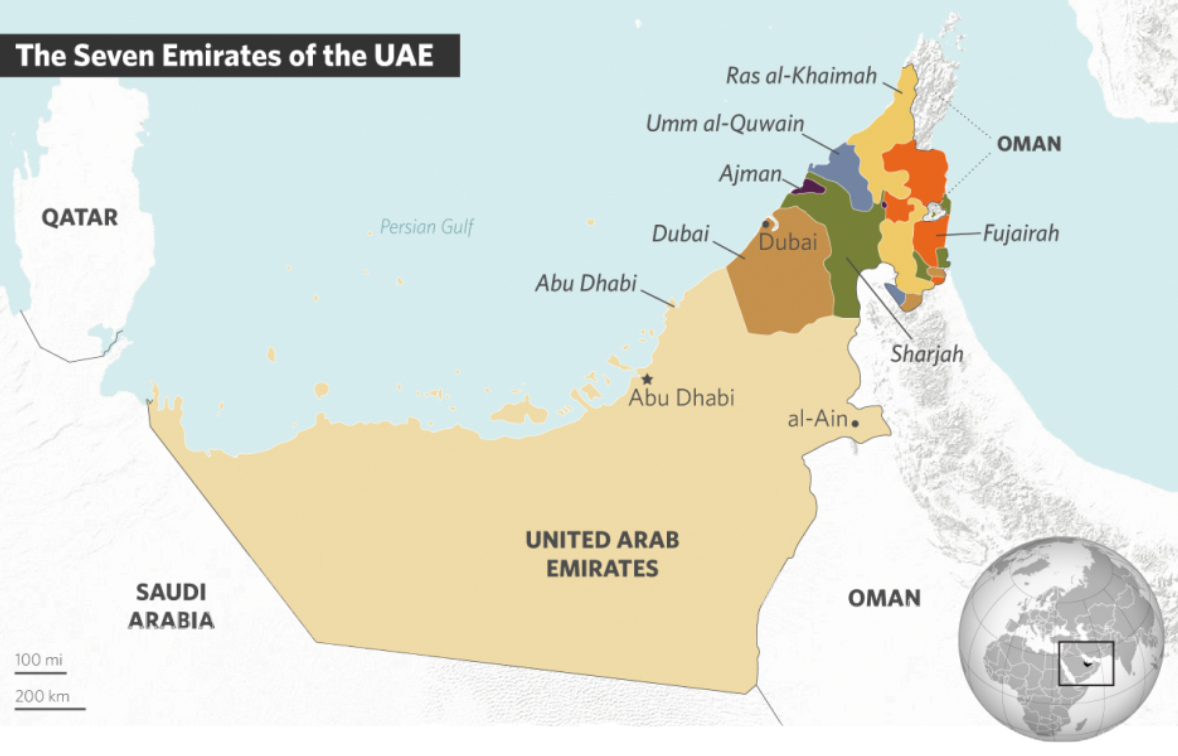 The UAE monarchy has faced little internal opposition, as they subsidise everything in the kingdom, which has ensured the loyalty of its people and protected the economic prosperity of the nation. It also has a small population of 10 million, with 89% being foreign expatriates. Backed by the world’s seventh-largest oil deposits the UAE made investments in national infrastructure and is now one of the world’s richest countries, from the perspective of GDP per capita. This wealth was used by Shaykh Khalifa bin Zayid to increase the military capabilities of the UAE by purchasing weapons from western nations and investing heavily in the training of Emirati soldiers. Sheikh Khalifa started building up the military to bolster national pride after the death of his father, Sheikh Zayed, in 2004. That year, the UAE received its first of 80 F-16E/F Desert Falcon combat aircraft as part of a $6.4 billion deal with the US. Heavy military spending continued during the following decade, as the UAE acquired Apache helicopters, F-16 fighters, armored vehicles, and a range of missiles and munitions.
The UAE monarchy has faced little internal opposition, as they subsidise everything in the kingdom, which has ensured the loyalty of its people and protected the economic prosperity of the nation. It also has a small population of 10 million, with 89% being foreign expatriates. Backed by the world’s seventh-largest oil deposits the UAE made investments in national infrastructure and is now one of the world’s richest countries, from the perspective of GDP per capita. This wealth was used by Shaykh Khalifa bin Zayid to increase the military capabilities of the UAE by purchasing weapons from western nations and investing heavily in the training of Emirati soldiers. Sheikh Khalifa started building up the military to bolster national pride after the death of his father, Sheikh Zayed, in 2004. That year, the UAE received its first of 80 F-16E/F Desert Falcon combat aircraft as part of a $6.4 billion deal with the US. Heavy military spending continued during the following decade, as the UAE acquired Apache helicopters, F-16 fighters, armored vehicles, and a range of missiles and munitions.
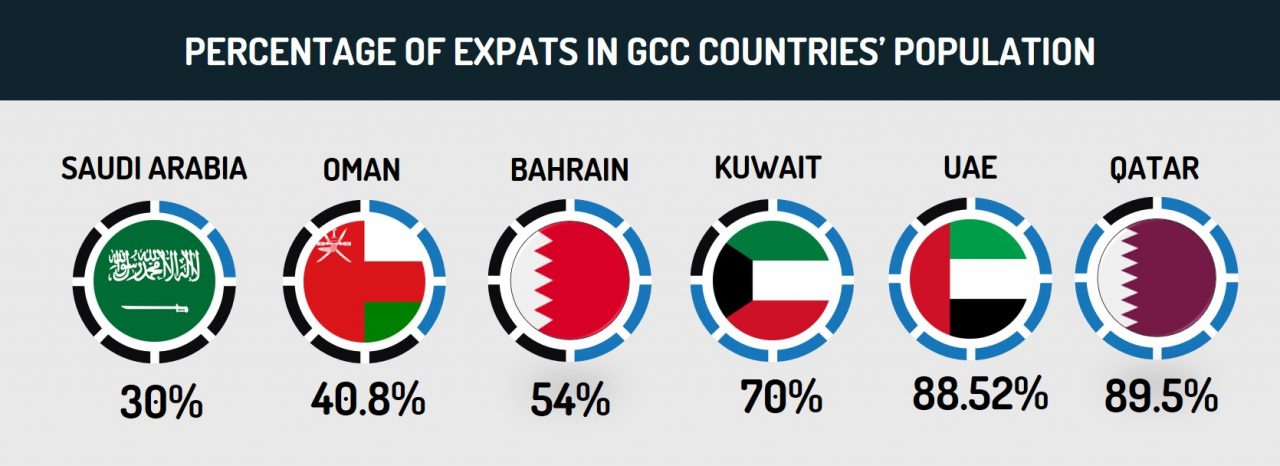
When Mohammed bin Zayed Al Nahyan (MBZ) began playing a more prominent role in the Kingdom especially after Shaykh Khalifa’s stroke in 2014 he was deeply worried about the future as the Arab Spring had toppled several autocrats in the region. In a wide ranging interview with the New York Times MBZ made little distinction among Islamic groups, insisting that they all share the same goal: some version of a caliphate with the Quran in place of a constitution.[2] The UAE foreign minister confirmed the Island nations policy: “…We need to acknowledge that these actors and their radical ideologies by their nature, cannot be moderated, manipulated, or contained. They are fundamentally opposed to the tolerant values and moderate agenda that unites [sic] us in the UAE with many of our international partners. To check them, we need to maintain a common front. We cannot fight extremism in one place while attempting to appease it in another for the sake of political expediency.”
As a result MBZ has put many of his resources into a counterjihad. This has included developing close ties with nations who are clamping down on their Muslim populations. In August 2019 MBZ awarded Indian Prime Minister Nerendra Modi the highest civilian Medal, a mere two weeks after India annexed Kashmir. Similarly when more than 20 countries submitted a jointly signed letter to the UN High Commissioner for Human Rights (UNHCHR), condemning China’s brutal oppression of the Uighur Muslim minority in 2019 the UAE joined thirty-six other nations defending China’s treatment of the Uighurs and other minorities in Xinjiang.
The UAE has gained a significant public profile for inserting itself into various trouble spots in the Middle East region.
Yemen: Maintaining the Status Quo
In Yemen, the UAE joined Saudi Arabia when it began air strikes in 2015. The UAE directly fought two primary enemies: first, the Houthis as part of the Arab coalition, and second, al-Qaeda in the Arabian Peninsula (AQAP) and ISIS. The UAE’s engagement alongside Yemeni and coalition troops curbed the expansion of the Houthis in the southern and eastern governorates and, more importantly, through its operational command on a number of frontlines, helped to liberate Aden via Operation Golden Arrow in 2015. MBZ deployed F-16 fighters to conduct air strikes against the Houthi rebels and sent its troops to the south of the country. The UAE created private armies, propped up secessionists in the South and gained control of strategic waterways in the Arabian and Red seas. The UAE provided the ousted Ali Abdullah Saleh, prior to his death with financial and military support. He was able to survive numerous assassination attempts due to the intelligence the UAE provided him.
The UAE provided no long term framework for Yemen. By providing support to Ali Abdullah Saleh who faced an uprising by the Houthis the UAE worked in parallel to Britain who has tried to maintain as much of the old guard as possible in the face of the onslaught of the Houthis. The UAE did the heavy lifting whilst the UK provided political cover.
MBZ made little distinction among Islamic groups, insisting that they all share the same goal: some version of a caliphate with the Quran in place of a constitution
Libya: Fighting the Islamists
The UAE has supported the secular factions and the tribes who stood against the more Islamically minded forces. The UAE supported with arms and money the tribal-oriented forces, especially those belonging to the Zintan tribes in western Libya. These tribes supported the post Gaddafi government, which was orchestrated by France and Britain and stood against the rise of Khalifa Hafter. Similar to Yemen the UAE had provided no political solutions to the problems of Libya, it integrated into the battle between Europe on one side that supported former Gaddafi era officials and the US who was looking to gain influence in the country via Khalifa Hafter. The UAE actions fit neatly into the European initiative and the lack of a political framework would indicate UAE is merely one piece part of a much larger struggle taking place in Libya.
Whilst the UAE gains much media attention, upon closer inspection its political positions and military actions indicate the UAE’s regime pursues a very narrow agenda which is driven primarily to stop the emergence of any Islamic political order in the region, which it views as a threat to its regime survival. It proposes no solutions to the region’s problems but executes mainly British political plans for the Middle-East. This subordination is how the UAE believes it can achieve its narrow interests of regime survival, by aligning its foreign policies with that of Britain and sometimes the US and thwarting any emerging Islamic polity or political framework within the region or beyond.
[1] How the UAE emerged as a regional powerhouse, BBC online, 22 September 2020,
https://www.bbc.co.uk/news/world-middle-east-54235209
[2] Mohammed bin Zayed’s Dark Vision of the Middle East’s Future, New York Times, 20 January 2020, https://www.nytimes.com/2020/01/09/magazine/united-arab-emirates-mohammed-bin-zayed.html


